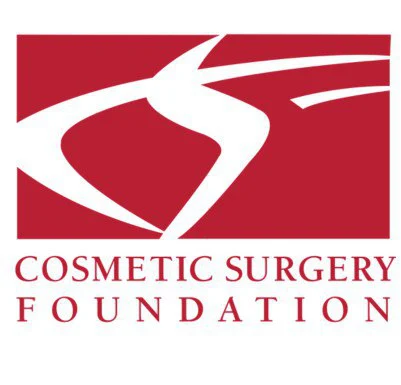The Cosmetic Surgery Foundation supports and encourages consistent, innovative and aggressive research in the multidisciplinary specialty of cosmetic surgery. Since 2006, the Foundation has been awarding grants to eligible surgeons that wish to impact the science through original research.

Principal Investigator:
Latoya Silverton, MD, MBA
Co-Investigators:
Scott Blyer, MD, DDS
Justo Concepcion, PA-C
Affiliation:
CAMEO Surgery Center
Project:
Beauty, More than Skin Deep: Aesthetic & Functional Wound Improvement Using Conductive Bioelectric Wound Dressings.
In the field of Cosmetic Surgery, in part due to its very often elective nature, quick recovery time and aesthetic appearance of wounds are sometimes the most essential parts of the surgical intervention. Thus, being able to demonstrate that there is a product that is superior in wound healing, would be highly influential to practice and outcomes in this field.
This study aims to evaluate whether conductive bioelectric wound dressings accelerate and improve healing outcomes in cosmetic surgery patients. The central hypothesis is that these dressings will enhance wound recovery by reducing transepidermal water loss (TEWL), an established indicator of functional wound closure. TEWL measurements will be obtained using a Vapometer at postoperative day (POD) 7 and at one month, with results compared to known benchmarks for normal healing. Photographic documentation will supplement quantitative data. The research will focus on common cosmetic surgical incisions, including abdominoplasty, umbilical, mammary, and limb wounds.
Preliminary evidence from applications in complex and comorbid wound types—such as diabetic wounds—supports the potential effectiveness of conductive bioelectric dressings. Given the importance of aesthetic outcomes and rapid recovery in cosmetic surgery, demonstrating improved wound healing could meaningfully influence clinical practice.
Principal Investigator: Pranjal Thosani, DO
Co-Investigators:
Alton Ingram, MD, FAACS
Jacob Haiavy, MD, FAACS
Affiliation: Mandell-Brown Plastic Surgery Center

Project:
Bacterial Contamination Implications of Bilateral Use of Keller™ Funnels
This study evaluates whether Betadine can effectively sterilize a Keller™ Funnel between sequential breast implant insertions, allowing safe bilateral use without increasing contamination risk. Because capsular contracture is strongly associated with bacterial biofilm, ensuring sterility during implantation is critical. Although funnels reduce contamination, most surgeons reuse them due to cost, and current decontamination methods using chlorhexidine–alcohol pose safety and operative concerns.
In a prospective series of ten primary breast augmentation patients, funnel samples will be cultured at three points: after opening, after first insertion, and after Betadine decontamination. If Betadine reliably eliminates bacterial growth, it may offer a safer, practical, and cost-effective strategy to reduce microbial contamination and potentially lower capsular contracture risk.
